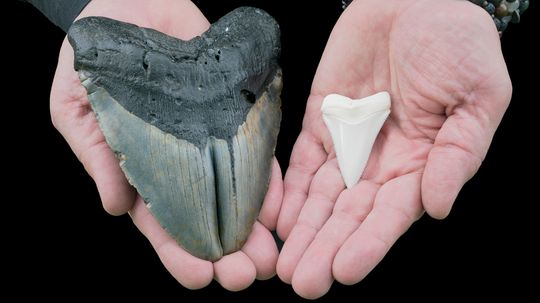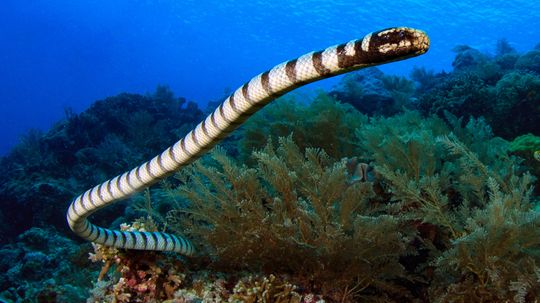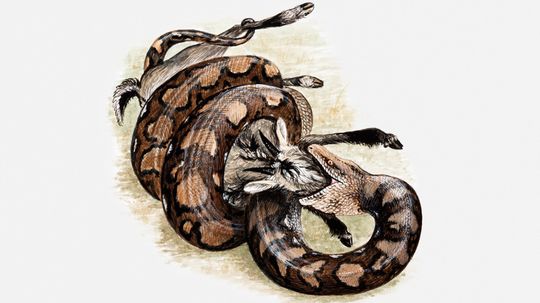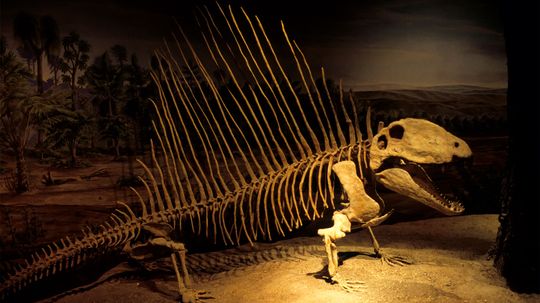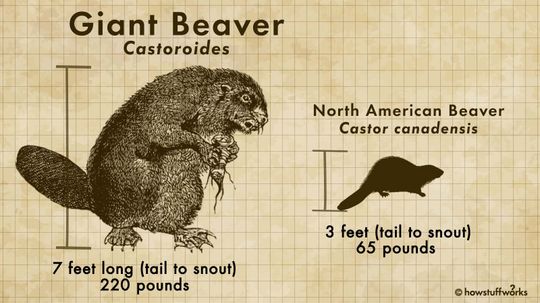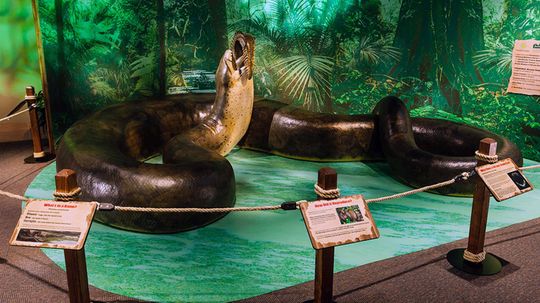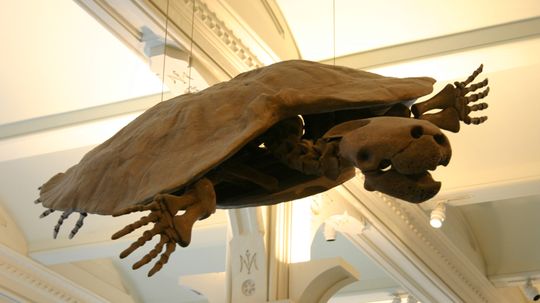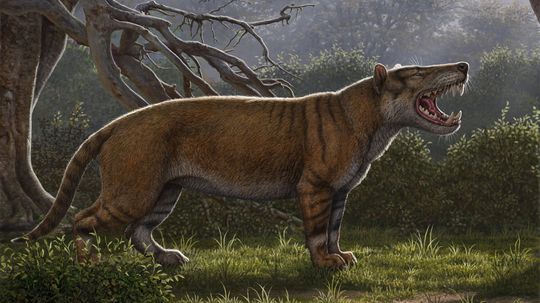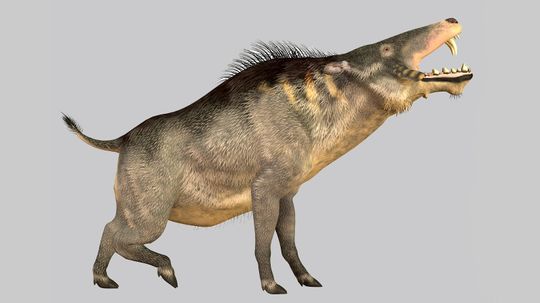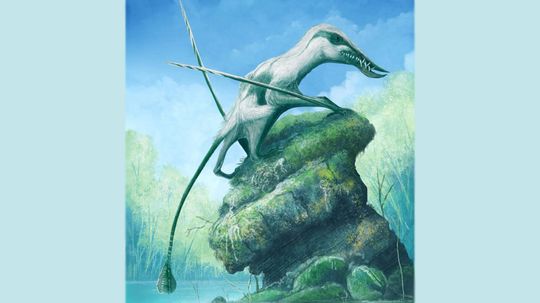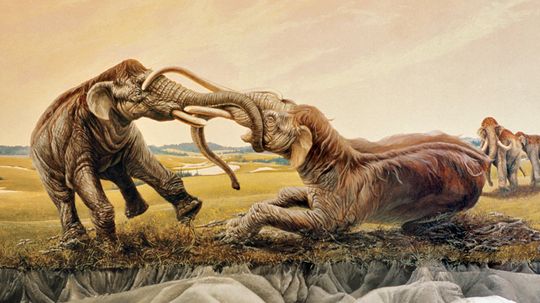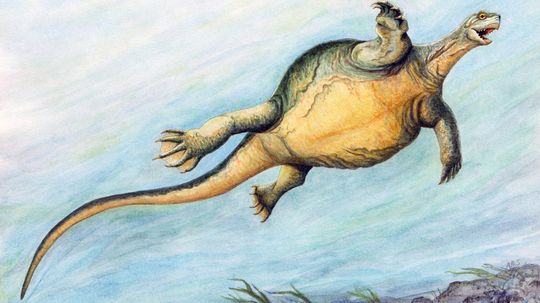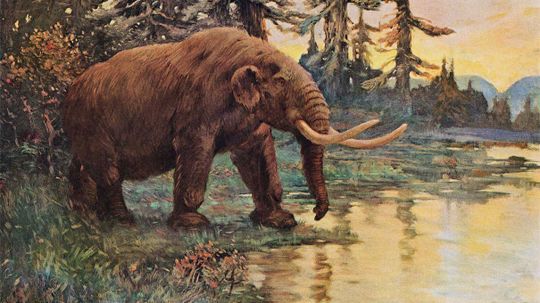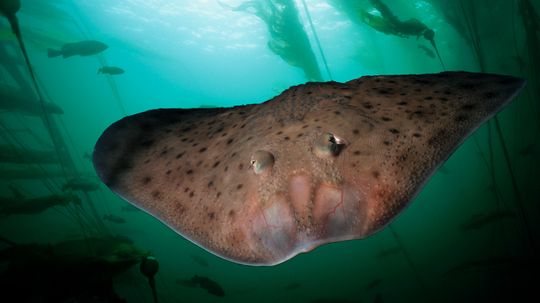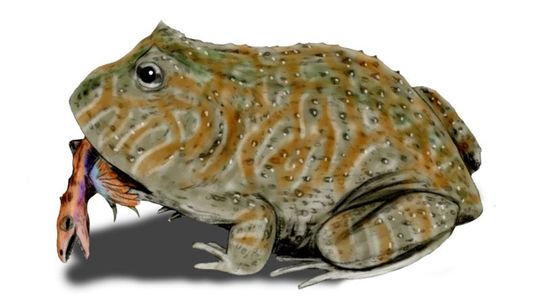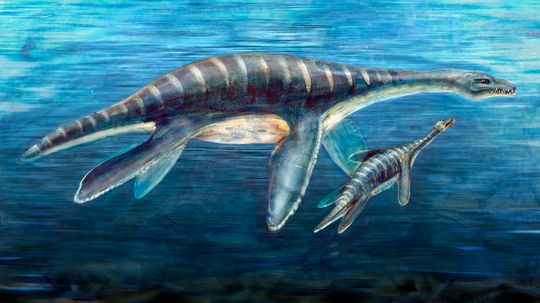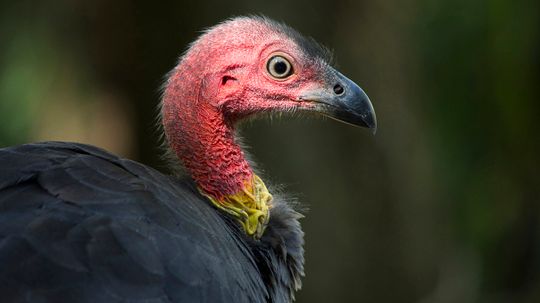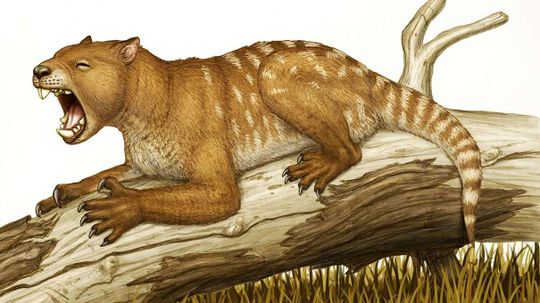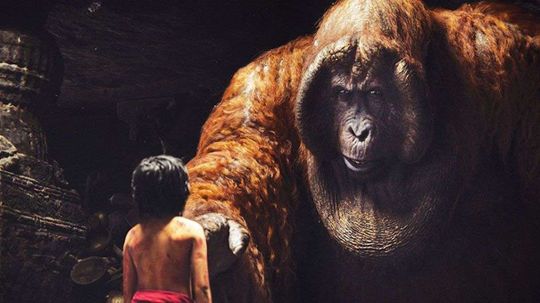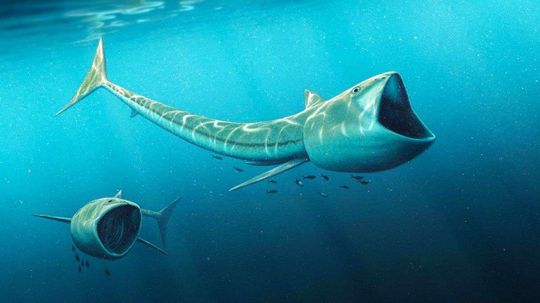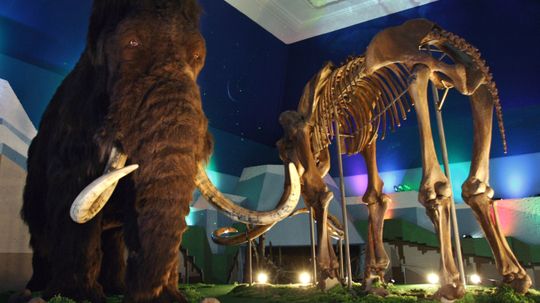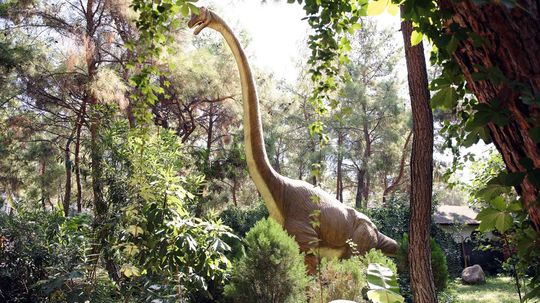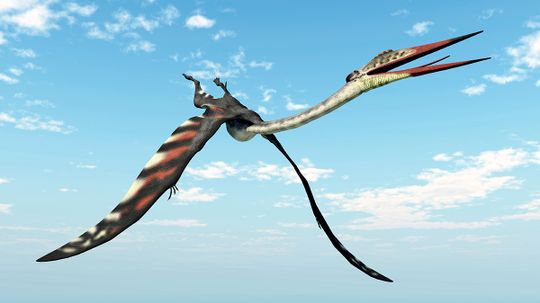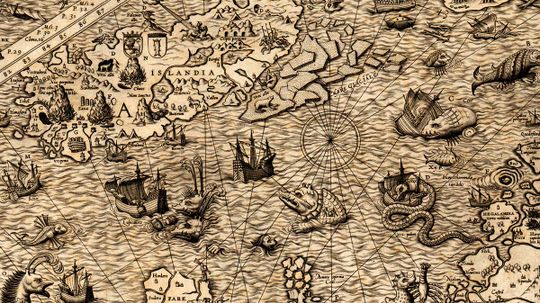Extinct Mammals
While Mammoths and Saber Toothed Tigers died out long ago, modern mammals are increasingly at risk of extinction due to human intervention. Explore some species that are no longer with us.

What Was the Biggest Dinosaur? Here Are the 4 Best Estimates
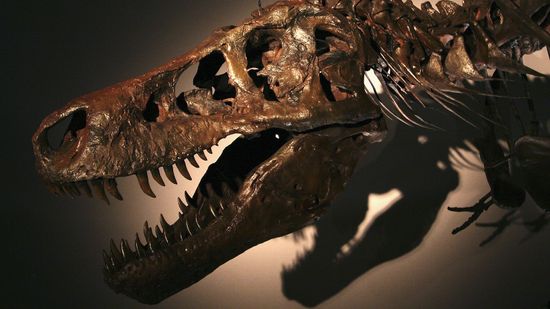
T. Rex Didn't Kiss and Tell, But May Have Had Lips
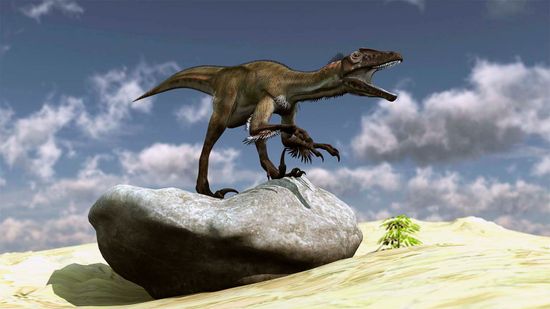
Utahraptor: The Salty Saga of a Killer Dinosaur
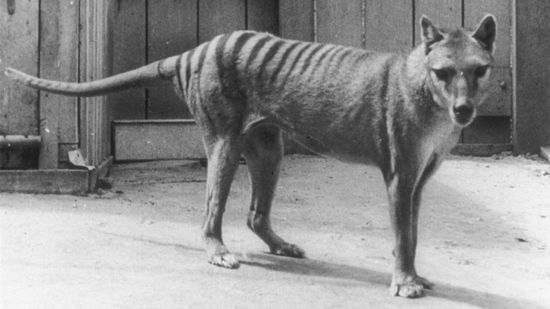
Real Life 'Jurassic Park'? Scientists Work to Bring Back Extinct Thylacine
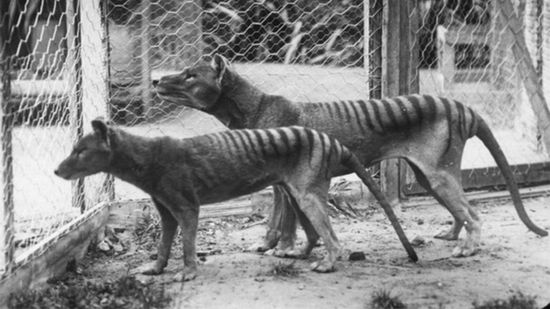
Once Thought Extinct, the Tasmanian Tiger May Still Be Prowling the Planet
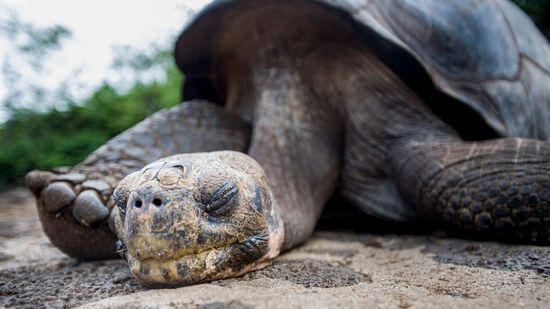
Lonesome George Lived to Be 100 Years Old. Genome Sequencing Is Figuring Out How
Learn More
The megalodon shark has intrigued scientists and the public alike with its nearly unfathomable size and power. Once ruling the ancient oceans, this prehistoric predator is often cited as the largest shark to have ever lived and even inspired a Jason Statham movie franchise.
If you like swimming in the ocean, you'll probably be glad to hear that Palaeophis colossaeus, a 40-foot sea snake, has been extinct for millions of years.
Before the 2003 discovery of Titanoboa cerrejonensis, Gigantophis garstini was known as the largest snake to ever roam the Earth.
Advertisement
Dimetrodon may look for all the world like a dinosaur, but was actually closer, evolutionarily speaking, to humans. Scientists are still trying to figure what their magnificent sails were used for.
By Mark Mancini
The giant castoroides thrived in the Great Plains, the Great Lakes region, the American South and Alaska. So why did this massive beaver die out?
By Mark Mancini
The extinct Titanoboa snake lived around 66 million to 56 million years ago. These things were massive and could reach 50 feet long and 3 feet wide making them the largest snake ever to have roamed the Earth.
Back in the day, the soupy pre-Amazonian waters were filled with beasts like Stupendemys geographicus, a giant turtle the size of a sensible sedan.
Advertisement
The fossilized remains of Simbakubwa kutokaafrika, which means "big lion from Africa," were discovered not once, but twice.
By Mark Mancini
These super-frightening entelodonts (aka hell pigs) once patrolled throughout Eurasia, North America and Africa.
By Mark Mancini
Mid-Jurassic England was teeming with flighted creatures. Now we know it included one pterosaur called Klobiodon rochei.
By Mark Mancini
The battle clearly ended in a slow death for both massive male beasts.
By Mark Mancini
Advertisement
A 220 million-year-old turtle fossil discovered in China is the first of its kind ever to be found.
By Mark Mancini
Massive mastodons roamed lower Kentucky during the last ice age. Jefferson was so fascinated by the creatures he was convinced they still roamed the plains in the 1800s.
By Mark Mancini
Walking evolved not on land but underwater.
By Robert Lamb
A new study found that the Beelzebufo frog had a bite strong enough to take down dinosaurs.
By Mark Mancini
Advertisement
A new study suggests the extinct aquatic reptiles used all four flippers for uniquely efficient underwater motion.
By Mark Mancini
The megapodes were supertall, but that didn't keep them from taking flight.
The method this ancient carnivore employed is unlike anything we see in predators today.
The character of King Louie gets a serious primate upgrade in the new Disney live-action-meets-CGI film. Did the ape also serve as inspiration for sasquatch and yeti?
Advertisement
The bony fish measured more than six feet long and ate prey using a filtering system similar to that of animals today.
Both of these massive prehistoric creatures belonged to the same family, but they're actually very different species.
A lot of prehistoric animals were massive, but do we really know why? And is there a larger animal roaming the planet today?
They were creatures of the air, but they aren't part of the avian family tree — and don't call them dinosaurs. What was life like for the pterosaurs, and what has sparked renewed interest in these flying reptiles?
Advertisement
A stunning array of strange and ferocious aquatic beasts patrolled Earth's waters long before they became the stuff of legends and "Jurassic Park" movies. One could eat a great white shark in one gulp.
By Chris Opfer
If you thought sea monsters were just the stuff of myth, you thought wrong. With giant, razor-sharp teeth, ancient cetaceans — the ancestors to modern whales, dolphins and porpoises — make even nightmares seem dull.
By Oisin Curran
